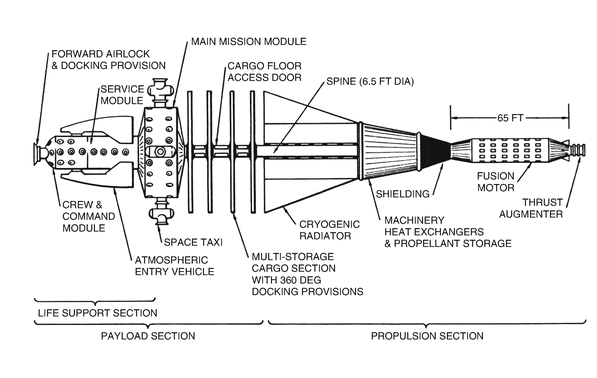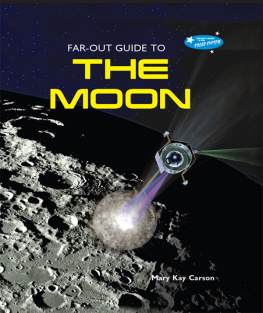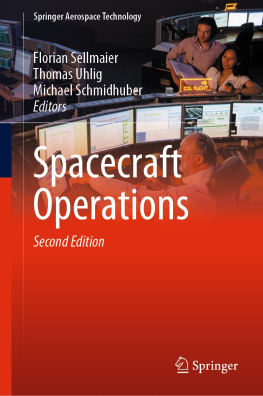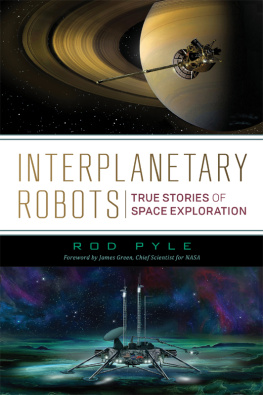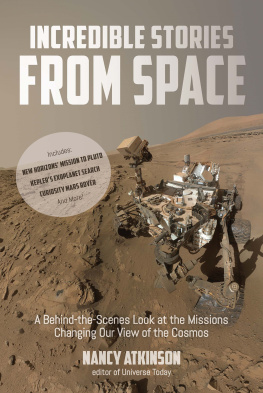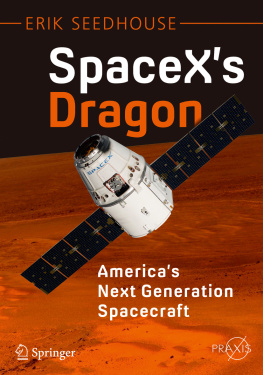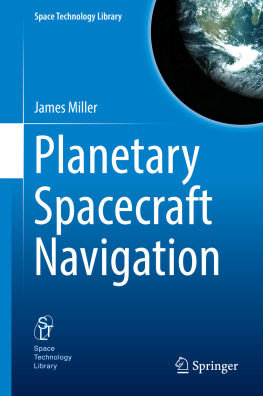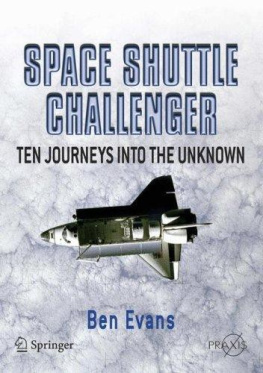1. Introduction
When I was a kid in the late 1970s, Lego Space was my favorite toy. The theme included various types of space bases, mobile laboratories and spacecraft operating in a Moon-like setting. It depicted a future in which mankind had expanded throughout the solar system, and maybe even beyond. One particular brick, part of a space command post, featured a large television screen which said L.L. 2079 , apparently for Lego Land 2079 , which was about a century in the future at that time.
Back then, that didnt look too unrealistic. Developments in space exploration in general had been spectacular since the start of the Space Age, with only eleven years between the launch of Sputnik and the first manned flight around the Moon. Apollo 11 landed on the lunar surface just over six months later. Then, after Apollo 17, there was a kind of quiet period, at least for manned spaceflight. The 1970s, however, was the decade in which the Voyager probes were launched, the Viking probes landed on Mars, and commercial telecom satellites became operational. At the end of that decade, the Space Shuttle was about to make its first flight, and was soon expected to make low Earth orbit (LEO) a relatively easy to access hub of activity for just about anybody. As a child, I tried to imagine what another hundred years would bring. Surely it was going to be awesome, and probably similar to what my Lego Space play sets were depicting: boundless exploration; endless possibilities; and easy-to-reuse space transportation. And everything modular, Lego -style. Above all, it was going to be spectacular, extensive and focused on astronauts rather than automated spacecraft.
As such, Lego Space was following the vision of spaceflight evolution as set out by famous and highly influential space pioneer Wernher von Braun and others in Collier s magazine during the early 1950s: steady progress from unmanned satellites to large space bases routinely serviced by reusable launchers and shuttles, Moon landings and the manned exploration of Mars. Using spectacular artistic impressions and convincing descriptions, these articles basically defined how the general public in the U.S. expected spaceflight to develop. And such ideas were not limited to the United States; a similar vision was laid out in 1951 by the famous British writer Arthur C. Clarke , in his farsighted book The Exploration of Space. Some six years before the launch of Sputnik , this book basically predicted all the spaceflight possibilities and uses that did actually materialize by 1969, including practical satellite applications and manned lunar landings.
One space spectacular followed another during the 1960s, mostly driven by the U.S.-Soviet Space Race . Many of the expectations popularized by von Braun, Clarke and other space advocates for developments up to the first human landings on the Moon did materialize, quite often sooner than they had foreseen in the early 1950s. This led NASA, other space experts, the general public and the makers of the famous 1968 movie, 2001, A Space Odyssey , to extrapolate wildly into the future. They envisaged large space stations, lunar mining, semi-permanent bases on Mars and maybe even manned exploration of the outer solar system before the end of the 20th century.
Take for instance the grandiose vision of Krafft Ehricke , a German rocket propulsion engineer who worked on the infamous V2 missile under Wernher von Braun during World War II and afterwards, like von Braun, became a fervent spaceflight advocate in the U.S. Ehricke believed in what he called the Extraterrestrial Imperative , a philosophy which postulated that it was mankinds responsibility to explore space and exploit the resources of the solar system, to ensure the survival and development of the species.
During the 1966 American Astronautical Society symposium, Space Age in Fiscal Year 2001 , he expressed the following expectations for manned solar system transportation at the turn of the millennium: Today, in the fall of 2000, the interplanetary flight corridors from Mercury to Saturn are alive with manned vehicles of relatively luxurious and sophisticated design, driven by quite advanced propulsion systems Our helionauts, as these men who fly our large interplanetary vehicles call themselves in this era of continuing specialization, have covered the solar system from the sun-scorched shores of Mercury to the icy cliffs of the Saturn moon Titan. They have crossed, and some have died doing so, the vast asteroid belt between Mars and Jupiter and have passed through the heads of comets. Owing to the pioneer spirit, the courage and the knowledge of our helionauts and of those engineers, scientists and technicians behind them, astrophysicists today work in a solar physics station on Mercury; biologists experiment on Mars, backed by a well-supplied research and supply station on the Mars moon Phobos; planetologists have landed on Venus; and teams of scientists right now study what has turned out to be the two most fascinating planets of our solar system, Jupiter and Saturn, from research stations on Callisto and Titan. Today, this reads as wild science fiction, but in 1966 such visions were frequently outlined by various recognized spaceflight experts, and were commonly accepted as credible.
Illustration of a Mars base in Krafft Ehricke s description of spaceflight in the year 2000. The original caption reads Astrobiological Research Base on Mars, 1992. The three base modules shown are supplied with electrical power from a nuclear power generation module seen partly buried in the background. [ General Dynamics / Convair ]
A thermo-nuclear reactor spaceship as envisioned by Krafft Ehricke . He expected several would be cruising the solar system by the year 2000.
Looking back at the short history of the space age up to that point, you can understand the optimistic extrapolation through which Ehricke and others arrived at a glorious interplanetary infrastructure 34 years into their future. In 1932, German pioneers were launching liquid-propellant rockets of a few tens of kilograms that reached altitudes no higher than a kilometer, unless they blew up, as they frequently did. Just 34 years later, in 1966, those same engineers were preparing the 111-meter tall, 2,970,000 kg Saturn V Moon rocket (which flew for the first time in September 1967). No wonder they thought the sky was the limit, and that in another three decades or so, giant nuclear-powered spaceships would be crossing the solar system on a regular basis.
Even in 1980, noted U.S. rocket pioneer Robert Truax was still of the opinion that: By the year 2000, fifty thousand people will be living and working in space. In reality (up to the time of writing in 2017), the population in orbit has never exceeded 13. The furthest anybody has gone away from Earth in the last 45 years, since the last manned lunar landing in 1972, is a mere 620 kilometers. No astronaut has ever escaped Earths gravity field.
The belief that exponential spaceflight progress was the inevitable result of the road NASA had taken has come to be known as the von Braun paradigm . It was based on the optimistic idea that anything that could technically be done would be done, and that there would be a logical progress to humanitys expansion into the solar system. In von Brauns vision, routine access to space would be enabled by using a reusable launcher with a winged shuttle vehicle, which would transfer cargo and crews to and from large Earth-orbiting space stations. This infrastructure would then be used to organize expeditions to the Moon and subsequently Mars, with the necessary vehicles assembled at a space station from elements brought up by the shuttle. Instead, Apollo went straight for the Moon, without a reusable launcher or space station. Nevertheless, von Braun expected these to be developed later, when routine access to Earth orbit and the Moon would require them once the post-Apollo Space Race period was over.

